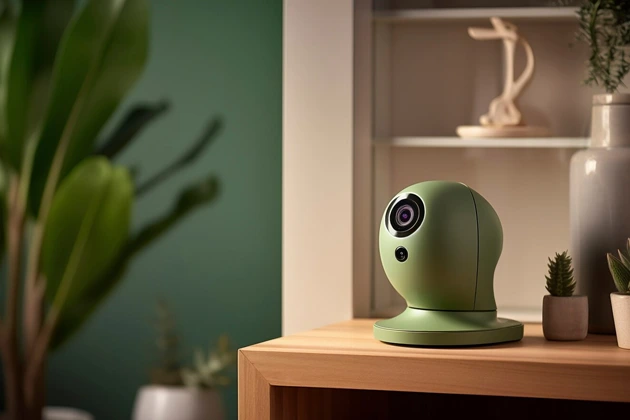Security systems at home can be a step toward safeguarding your dream home from potential risks and hazardous events such as fire prevention, water leakage, theft, and others. Managing risks can be a walk in the park if you have a robust security system, and this goes for managing risks in your home. With a robust security system, you can save your home from any mishaps. Let’s find out how is having a security system for your home a risk management strategy.
Risk Management
Risk management is a process of identifying, measuring, analyzing, and controlling risks before or during their occurrence. It is a systematic approach to address potential and encountered risks. A comprehensive risk management plan serves many purposes; it is not only a risk identifier but also an assessor that assesses the likelihood and impact of an identified risk to develop strategies for minimization. A well-managed risk is likely to cause less drastic impacts compared to an unaddressed risk.
Importance of Risk Management
Why is it important to manage risks? Risk management minimizes loss, prevents risk occurrence beforehand, empowers decision-making, improves stakeholder relationships, protects reputation, fosters regulatory compliance, and addresses many other aspects. It helps strategies approaches to risk prevention and risk control. Risk management is the way to safeguard; without it, one has to incur heavy losses as a consequence.
Treating Risks
Risks can be treated in four key ways- risk avoidance, risk acceptance, risk transference, and risk mitigation. Risk avoidance eliminates the possibility of a risk occurrence by taking prior actions. For example- avoiding a business venture that has a possibility of failure. By accepting a risk and its possible consequences, one takes the deliberate decision of not mitigating. This generally happens with low-impact risks as the risk managers don’t find them worthy of cost to address. An example could be accepting workplace safety risks by a manufacturing company that cannot be entirely eliminated.
Risk transference involves delegating the tasks of risk management to a third party in terms of businesses. Insurance and outsourcing are two examples of risk transfer. Risks with a high possibility of long-term consequences are mitigated with effective risk management strategies like contingency plan development, root cause analysis, and more.
Risks treated with any one of the above-discussed approaches are likely to cause severe damage. Having a security system can be effective for organizations, businesses, and homes as well. Find out what is a security system at home and why having it is a risk management strategy.
Security System for Home
A home security system comprises electronic components that work to protect a home from outside and inside threats. This physical security system may include but is not limited to CCTV cameras, alarm monitoring, home automation, smart doorbells, and more. Incorporating a floor safe for home can also provide an added layer of security for valuable items, ensuring they are protected even in the event of a break-in. Home security systems focus on securing entrances to a home with various sensors connecting to a control panel.
How is Having a Security System for Your Home a Risk Management Strategy?
Security systems are designed for risk identification through surveillance. Sensors, cameras, and other security surveillance technologies allow the detection of threats like intruders, fires, and others to ensure your home is safe and secured. With effective security systems in place, you can protect your house from threats. All this indicates why having a security system for your home is a risk management strategy. It allows you to take a proactive approach to threat detection, prevention, and mitigation to make sure your home sweet home remains a haven for you.
A security system for your home lets you safeguard your family and house from unpredictable threats. Be it a fire or an intruder, CCTV cameras and fire alarms are to help you take the required actions to deal with the mishaps. It is indeed an effective risk management strategy that empowers you to be ready to deal with security threats proactively.










